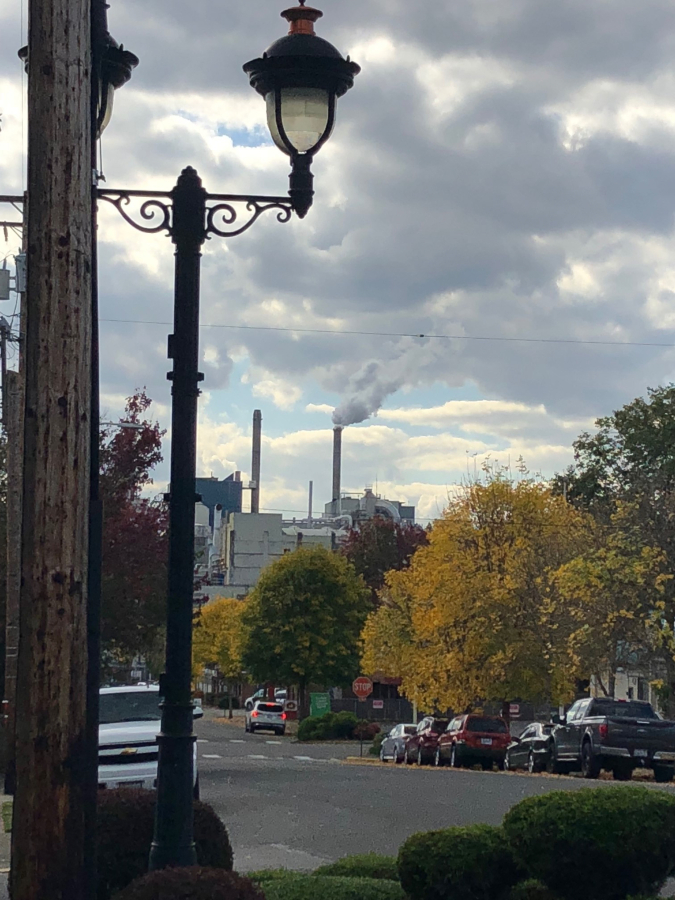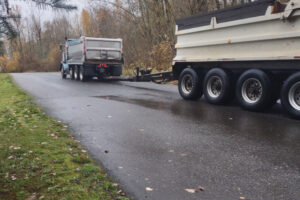Dozens of Camas residents and public officials have urged the state’s Department of Ecology to look beyond the current heavy-industrial use at the Geogia-Pacific paper mill in downtown Camas and push for more restrictive cleanup standards.
“The fate of the mill is probably the biggest thing to impact downtown Camas since the city was founded,” Camas developer Rick Marshall told Ecology staff at an April 20 public hearing on the future mill cleanup. “The redevelopment of the mill property could be a huge economic benefit to our community that also provides additional public amenities for our region.”
About 50 people attended the virtual public meeting with Ecology on April 20. The state had published notice of the meeting in the Post-Record, mailed notices to 83 residents and stakeholders and emailed 180 other individuals interested in the mill cleanup process.
Marshall, along with many others who submitted written comments and spoke at the April 20 hearing said Ecology staff should consider the fact that, once the mill is no longer operational, the property — which sits on downtown Camas’ only usable waterfront — will most likely be converted to a mixed-use site.
“Any cleanup of the mill should really consider the most likely reuse of that property and it is likely to be mixed-use,” Marshall said. “Our community will fight vigorously for access to the waterfront and most successful repurposes of old waterfront industrial sites typically include public access to the water.”




